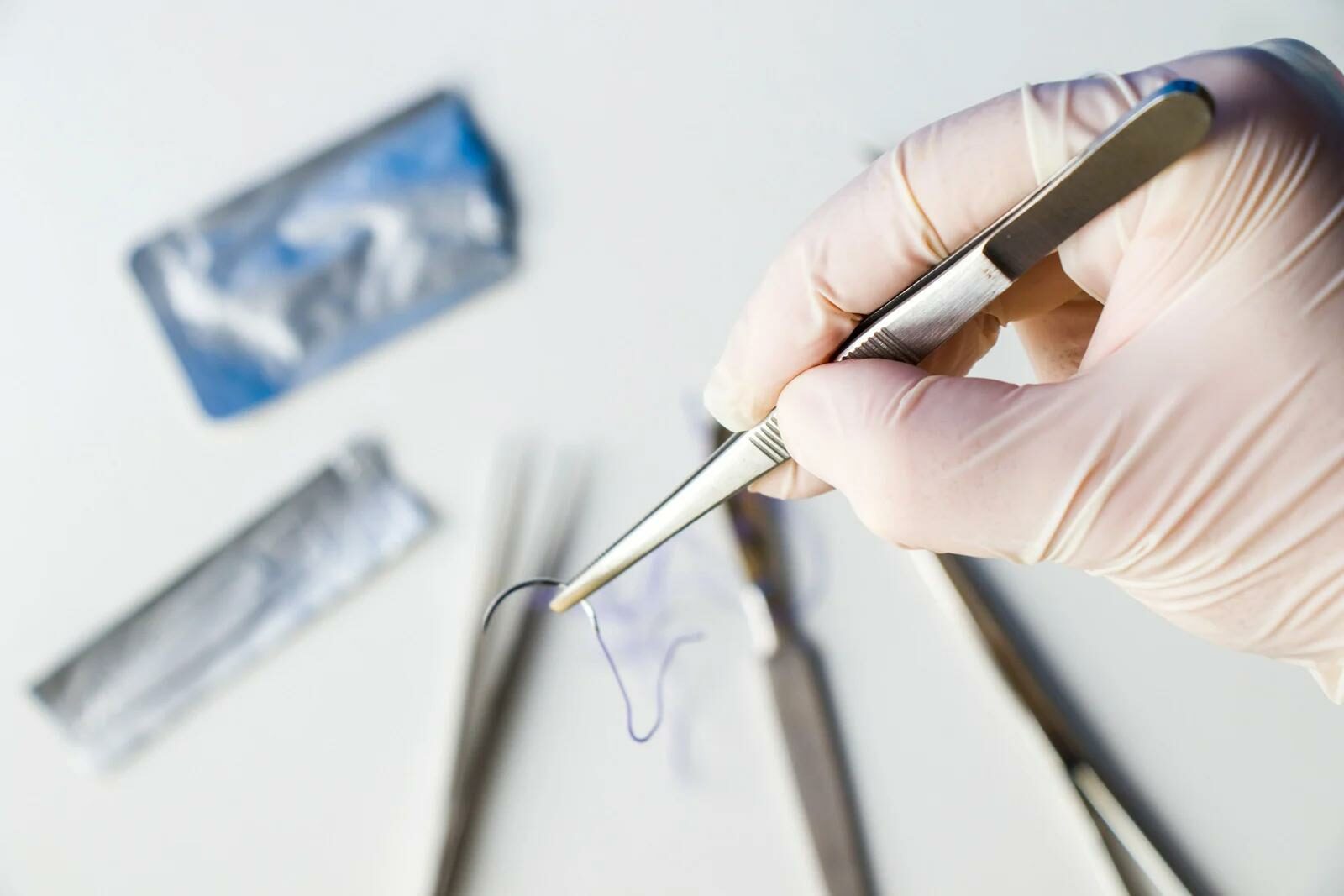
What is a suture? Sutures are essential tools in veterinary medicine, used to stitch together tissues and close wounds. They play a critical role in a variety of procedures, from simple wound repair to complex surgeries. By providing support and holding tissues together, sutures facilitate healing and prevent complications. A well-chosen suture can significantly improve the healing process and reduce the risk of complications, such as infection or dehiscence. Here is everything you need to know about different suture types.
Sutures can be categorised by absorption, materials, structure, and needle types. This categorisation helps veterinarians select the most appropriate suture for different procedures and patient needs.
At Pennine Healthcare, we offer a comprehensive range of high-quality sutures designed to meet the diverse needs of healthcare professionals.
The selection of the appropriate suture material and technique depends on several factors, including:
At Pennine Healthcare, we understand that the right suture material is critical for optimal patient outcomes. That’s why we offer a comprehensive range of high-quality sutures, designed to meet the specific needs of healthcare professionals.
By understanding the different types of sutures and their uses, veterinarians can make informed decisions to ensure optimal patient care and successful outcomes. Sutures are essential for a wide range of veterinary procedures, including:
Proper suture removal is essential for preventing infection and ensuring optimal healing. Veterinarians will typically remove non-absorbable sutures at the appropriate time, which depends on the type of suture and the healing process. Aftercare instructions will be provided to the pet owner to ensure proper wound care and prevent complications.
Proper storage and handling of sutures are essential to maintain their integrity and sterility. Sutures should be stored in a cool, dry place, away from direct sunlight and moisture. They should also be handled with care to avoid contamination and breakage.
Sutures are indispensable tools in veterinary practice, offering a wide range of options to suit various procedures and patient needs. By understanding the different types of sutures, their uses, and proper handling, veterinarians can ensure optimal patient care and successful outcomes. For more information on Pennine’s high-quality veterinary suture kits and other veterinary supplies, please download one of our veterinary brochures. Our brochures provide detailed information on our product range, specifications, and benefits.
Image Source: Canva